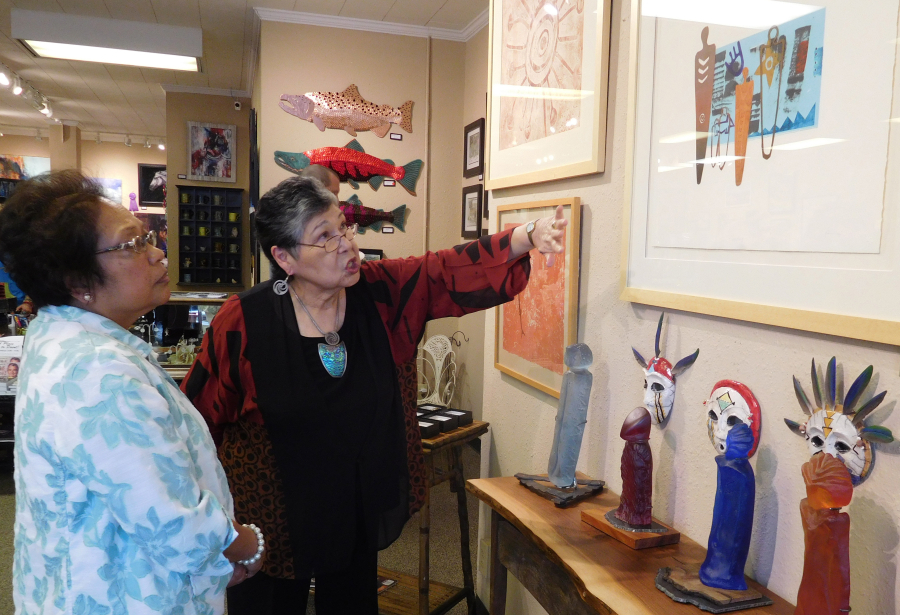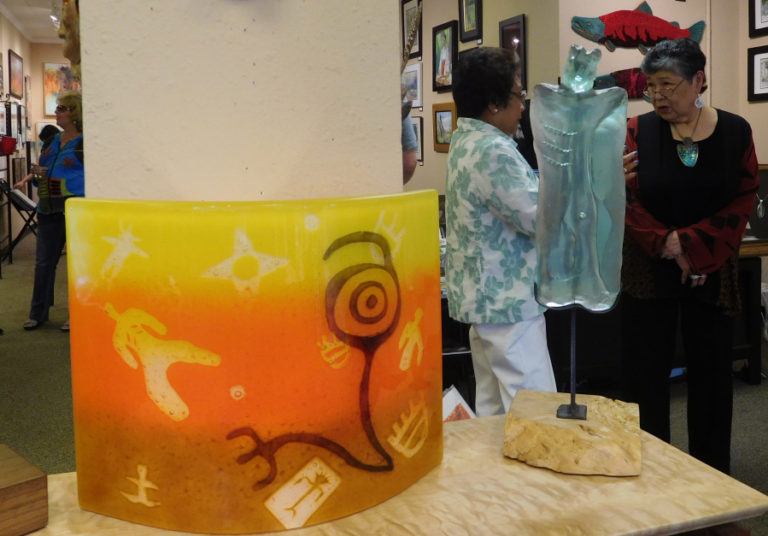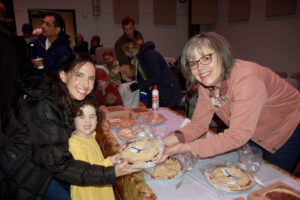It was a single moment in time, but the beginning of several moments that would forever alter a woman’s life.
Lillian Pitt was a student at Mount Hood Community College in 1981, earning her dental hygienist degree after her nearly 20-year career working as a highly regarded hair stylist and instructor had come to a halt thanks to multiple back surgeries.
On a whim, the then 37-year-old Pitt decided to take an art class as an elective.
“The first time I held clay, it was love at first touch,” she says. “Nothing gives me more pleasure than to get my hands working in clay.”
The way Pitt speaks about her favorite artistic medium is reminiscent of a lifetime romance.




